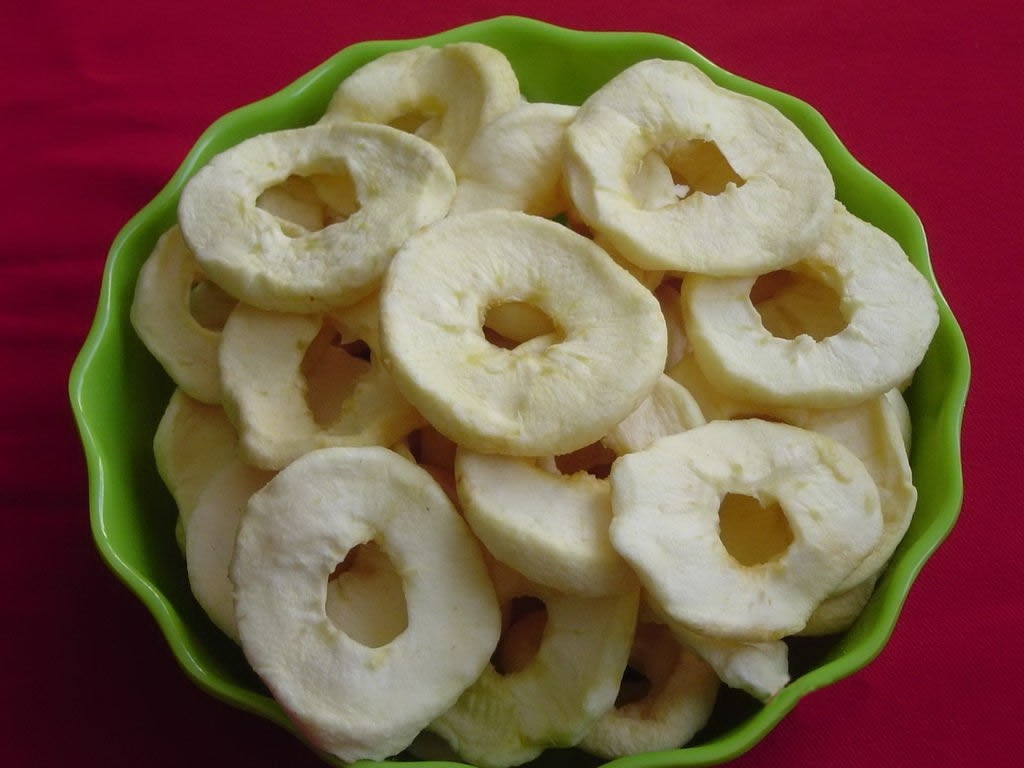Introduction
According to the latest research, the old saying, “An apple a day keeps the doctor away,” is fact, not just folklore. Researchers in Finland followed over 5,000 Finish men and women for over 20 years. Those who ate the most apples and other flavonoid rich foods (such as onions and tea) were found to have a 20% lower risk of heart disease compared to those who ate the least of these foods. Apples are a great source of many important phytochemicals, like ellagic acid and flavonoids, as well as vitamins and minerals as well as pectin.
What About Plums?
Plums (Prunus domestica) belong to the Prunus genus of plants and are relatives of the peach, nectarine and almond. Like these other drupes, plums contain a hard pit or stone surrounded by soft, pulpy flesh with a thin skin. A prune is a dried plum, just like a raisin is a dried grape. Prunes are well known for their ability to prevent and relieve constipation.
In a 2001 study, prunes were shown to help offset women’s significantly increased risk for accelerated bone loss during the first three to five years after menopause. When 58 postmenopausal women ate about 12 prunes each day for 3 months, they were found to have higher blood levels of enzymes and growth factors that indicate bone formation than women who did not consume prunes.
Prunes contain neochlorogenic and chlorogenic acid. Two related compounds that have well-documented antioxidant effects.
New Data:
A one-year clinical trial was conducted to evaluate the effect of dried apple vs prune consumption in reducing cardiovascular disease risk factors in 160 postmenopausal women who were randomly assigned to one of two groups: dried apple (75 g/day) or prunes (75 g/day).
Women who consumed dried apple had significantly lower serum levels of total cholesterol and low-density lipoprotein cholesterol by 9% and 16%, respectively, at 3 months compared with baseline and were further decreased to 13% and 24%, respectively, after 6 months but stayed constant thereafter. Prune consumption reduced serum total cholesterol and low-density lipoprotein cholesterol levels by 3.5% and 8%, respectively, at 12 months compared with baseline.
However, prunes showed a slightly better antioxidant effect and also lowered C-reactive protein more significantly at 3 months. Since these are also very important markers for atherosclerotic cardiovascular disease, both dried fruits exhibited beneficial effects against cardiovascular disease.
References:
Chai SC, Hooshmand S, Saadat RL, , et al. Daily apple versus dried plum: impact on cardiovascular disease risk factors in postmenopausal women. J Acad Nutr Diet. 2012 Aug;112(8):1158-68.



